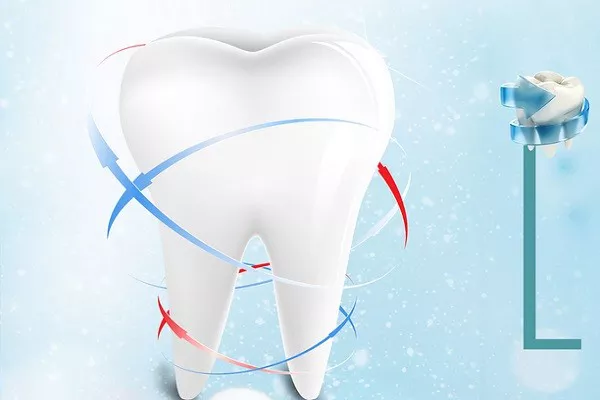Amalgam fillings are a type of dental restoration that have been used for over a century to repair teeth damaged by decay. They are made from a mixture of metals, including silver, tin, copper, and mercury, and are known for their strength and durability. But just how long can amalgam fillings last?
The lifespan of an amalgam filling can vary depending on several factors, including the size and location of the filling, the individual’s oral hygiene habits, and the quality of the filling material used. In general, amalgam fillings can last anywhere from 10 to 15 years or longer.
Here are some factors that can affect the lifespan of an amalgam filling:
- Size and location of the filling
The size and location of the filling can affect how long it lasts. A small filling may last longer than a large filling, and a filling in a low-stress area of the mouth may last longer than one in a high-stress area.
- Oral hygiene habits
Good oral hygiene habits can help extend the lifespan of an amalgam filling. Brushing and flossing regularly can prevent decay and gum disease, which can weaken the filling and cause it to fail.
- Quality of the filling material used
The quality of the filling material used can also affect how long the filling lasts. High-quality amalgam fillings are more likely to last longer than lower-quality fillings.
- Bite pressure
Excessive bite pressure can cause an amalgam filling to fail. Grinding or clenching the teeth can put additional stress on the filling, causing it to crack or break.
- Regular dental check-ups
Regular dental check-ups can help detect any issues with an amalgam filling before they become more serious. Dentists can monitor the filling’s condition and recommend a replacement if necessary.
Conclusion
Amalgam fillings can last anywhere from 10 to 15 years or longer with proper care and maintenance. While they are known for their strength and durability, they are not meant to last forever. Good oral hygiene habits and regular dental check-ups can help ensure that an amalgam filling lasts as long as possible and is replaced promptly when necessary. If you have an amalgam filling that is showing signs of wear or damage, it is important to contact a dentist to determine the best course of action.






























